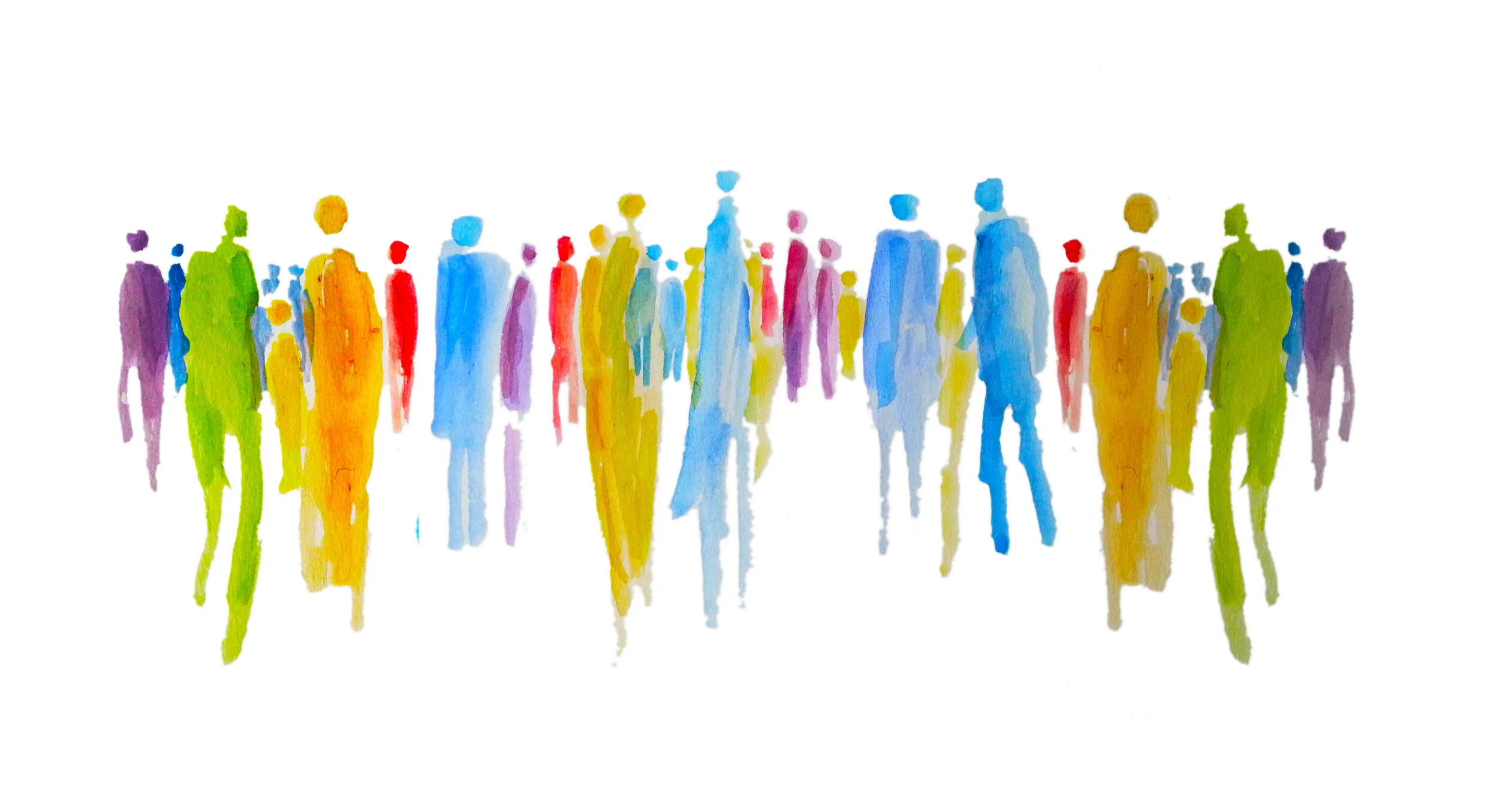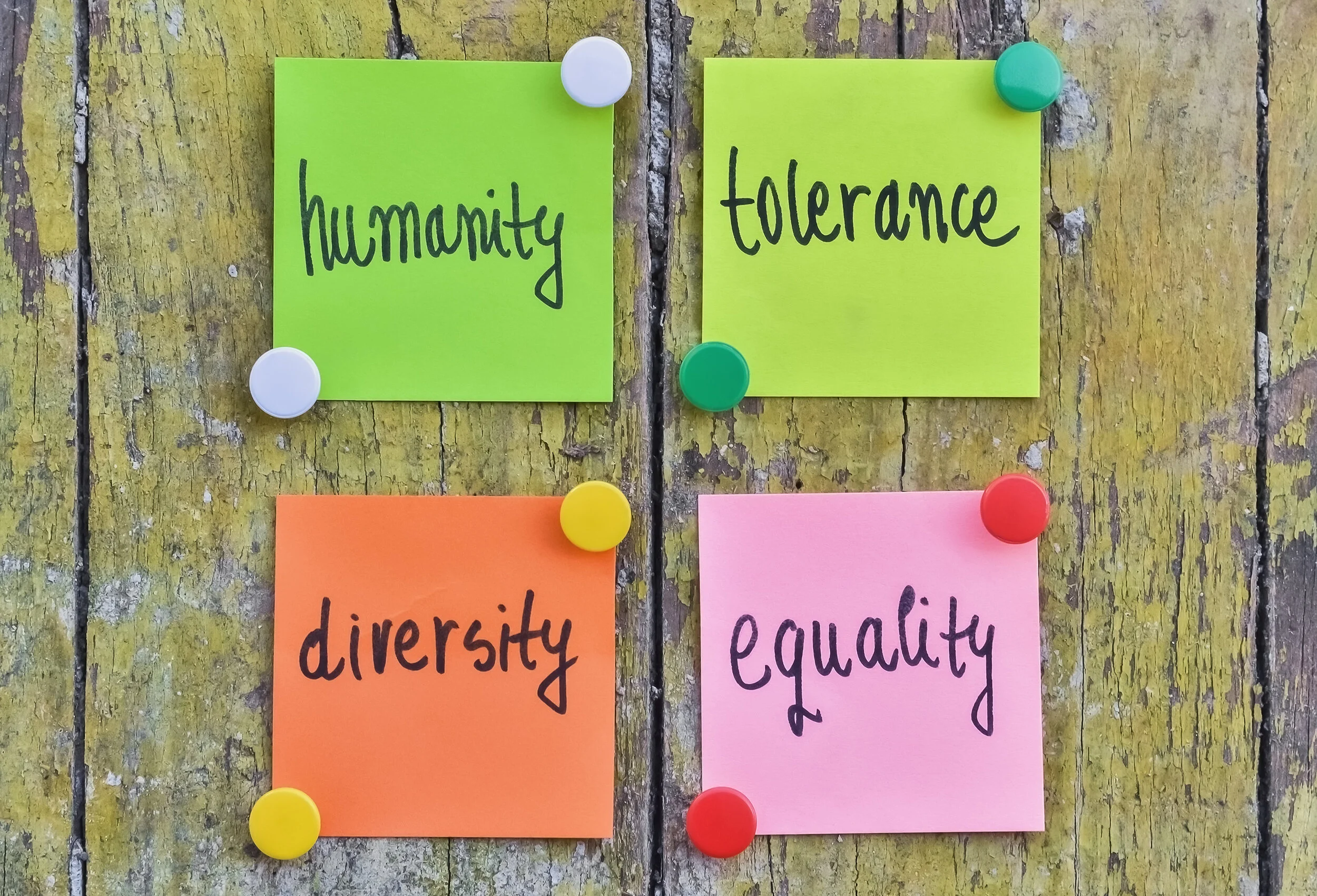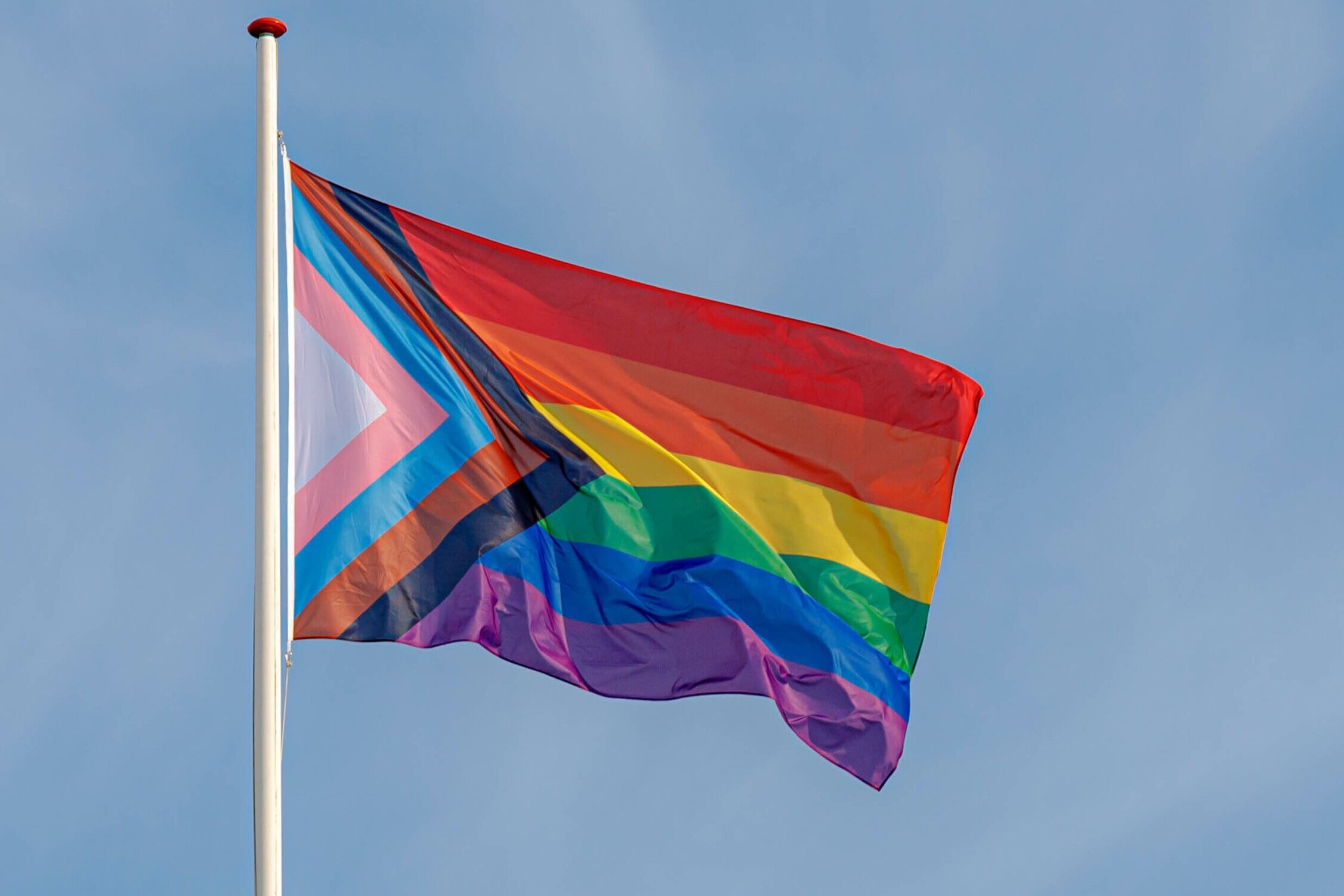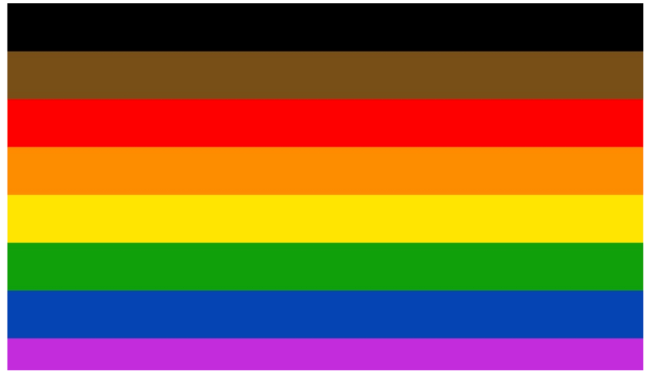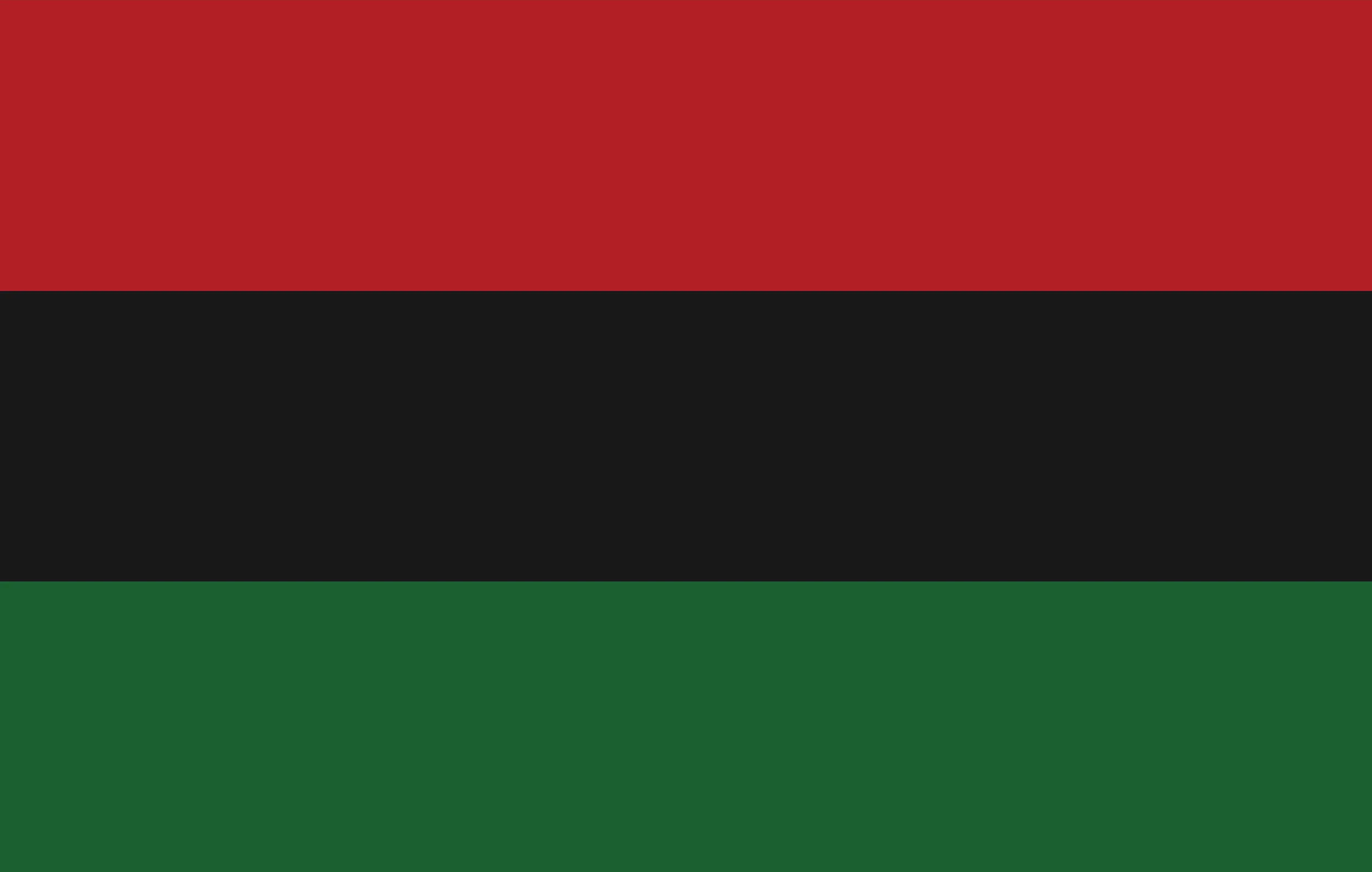Many organizations tout the mantra “the customer is always right.” And while they pursue diversity and inclusion initiatives amongst their employees, they are not always able to enforce that same level of respect from their customers. At hospitals, bigoted patients might see an overweight nurse and request that they be seen by a “thinner” nurse. Other patients have turned their noses up at a Black nurse, demanding that they wanted a white nurse instead. Such hateful rhetoric is not limited to the healthcare sector. At a bank, a customer encountered a Black teller and insisted they would rather wait for a white teller to assist them. Another customer even went so far as to refer to their Black teller as the n-slur. It is evident in these scenarios and too many others like it that the customer is not always right. The question, then, is how companies can create respectful, inclusive environments where their employees feel safe without the fear of losing business. Moreover, how can they create environments where their customers treat employees with the respect everyone deserves to receive.
An important solution is in the language. Instead of being complacent with the notion that “the customer is always right,” organizations can and should articulate specific statements that assert their expectations for customer behavior towards employees. The following companies have mastered the appropriate language, emphasizing that they will not tolerate harassment of employees from their clients:
An airline:
“Your safety and comfort – and that of our team members – are our top priority. We expect our team members to care for our customers with respect. We also expect our customers to interact with our team members and other customers with respect. If you act in a violent or inappropriate manner, you will not be able to continue your journey with us.”
Women’s Hospital in Baton Rouge:
“Women’s Hospital has zero-tolerance for threatening or aggressive behavior. Disruptive visitors will be asked to leave.
Staff is supported in pressing charges for aggressive behavior they encounter while caring for patients.
Incidents may result in removal and possible prosecution.”
Cardiovascular Institute of the South:
“CIS fosters a safe, kind and secure environment for our patients, visitors and team members. We hold ourselves to these standards of behavior, and we kindly ask for your courtesy and respect in doing the same.
We ask that you:
Show courtesy and respect
Be appropriate in language, tone and interactions
Abide by public health rules
Be an active participants in your plan of care
Please refrain from:
Discriminatory language
Rude, threatening or demeaning language or tone
Profanity
Verbal harassment”
These statements have important qualities in common.
Emphasize the need for mutual respect between customers and employees.
Specify that aggressive and hateful behavior will not be tolerated from workers or customers.
State outright that there will be consequences for individuals who do not meet these expectations, from as simple as a customer being asked to leave to as drastic as legal prosecution.
The specificity of the languages leaves no room for misinterpretation. By setting firm guidelines, these organizations are being intentional in generate environments of true inclusion, where respect is fostered with every interaction on all levels.
Dima Ghawi is the founder of a global talent development company. Her mission is providing guidance to business executives to develop diversity, equity, and inclusion strategies and to implement a multi-year plan for advancing quality leaders from within their organization.
Through keynote speeches, training programs and executive coaching, Dima has empowered thousands of professionals across the globe to expand their leadership potential.








